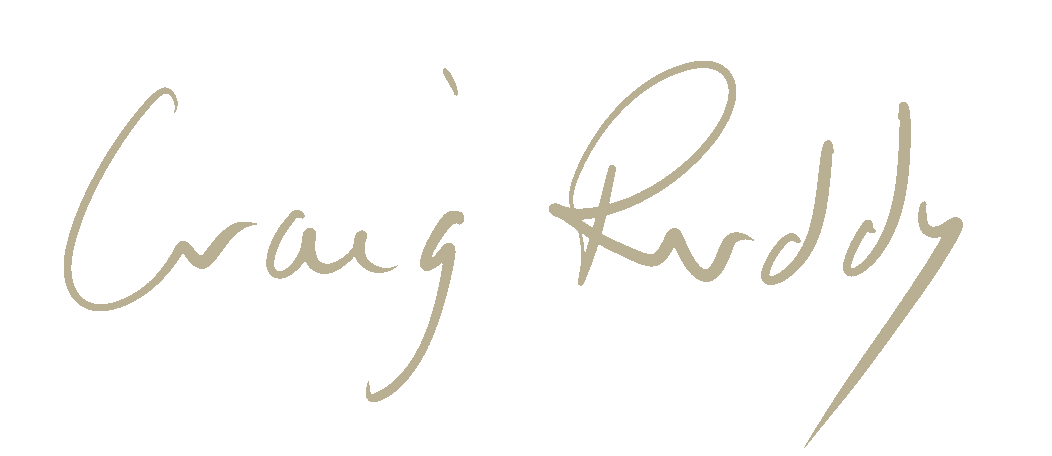Painting pascoe- the bigger picture
Craig Ruddy’s fifth Archibald submission ‘Bruce Pascoe- Dark Emu’ was conceived after reading the enlightening yet controversial book, ‘Dark Emu: Black Seeds: Agriculture or Accident’. The portrait highlights some seminal themes of our time including issues of personal and national identity, Indigenous sovereignty, and the current environmental crisis.
Pascoe’s best-seller contests the commonly circulated myth that Aboriginal people were simply hunter/gatherers by re-examining academically accepted settler’s accounts, which in fact confirm the presence of Aboriginal agricultural and aqua cultural practices. This finding is significant as it contradicts the labelling of Australia as ‘Terra Nullius’ (land belonging to none), which was only overturned in 1992 and has since been used to justify European acquisition of Indigenous land. Pascoe objectively brings awareness to the fact that this falsehood has hindered Aboriginal peoples’ spiritual and sovereign right to properly manage and connect with country and kin.
Pascoe expected his findings of “sophisticated Aboriginal civilisation [that] undermined the validity of the colony” and by extension Australia’s own identity, would lead to some controversy. Although in attempts to discredit the book, public debate turned to question Pascoe’s own Aboriginal heritage. The definition of Aboriginality in Australia comprises of self-identification, evidence of descent and community recognition; all of which Pascoe satisfies and is supported by Indigenous ministers, Yuin Elders and distinguished academics such as Ken Wyatt, Pastor Ossie Cruise, Max Harrison and Marcia Langton.
Available for purchase via https://www.magabala.com/products/dark-emu
Craig Ruddy’s wild, organic line work symbolises the yarns that have been spun over generations to form the fabric of our society. They illustrate the many different threads of knowledge that flow adjacently in parts and become entangled at others. As the history wars have demonstrated, these yarns are rarely tales of justice, but are all equally important in shaping an understanding of the people we are today and our Australian psyche. Pascoe’s continuing conflict with whitewashed academic and social institutions can hence be seen as engaging in a conversation that is allowing us to mature in emotional intelligence as a nation.
After a year of battling bushfires, floods and the COVID-19 bio-crisis, Pascoe’s push to return to more sustainable Aboriginal economies and environmental management comes as a timely gift. Ruddy’s vibrant colour palate offers a sense of optimism in recognising the many tones of difference that exist within Australian culture. Meanwhile, the organic charcoal line work used to define this iconic figure, derived from the spirit of fire, illustrates the ways our diverse society can be weaved in unity with each other and the environment when traditional wisdom is respected and embraced.


